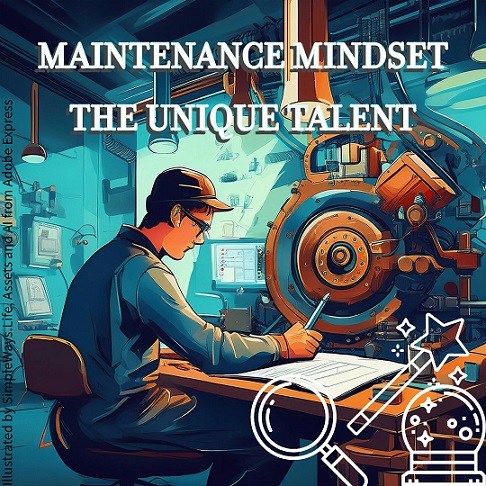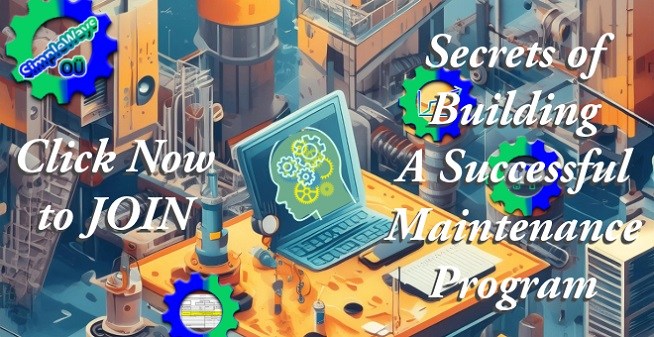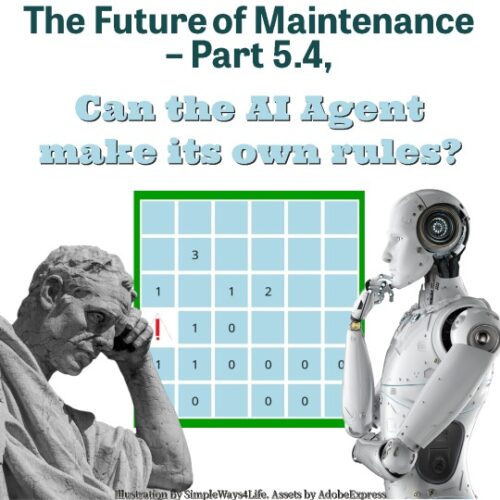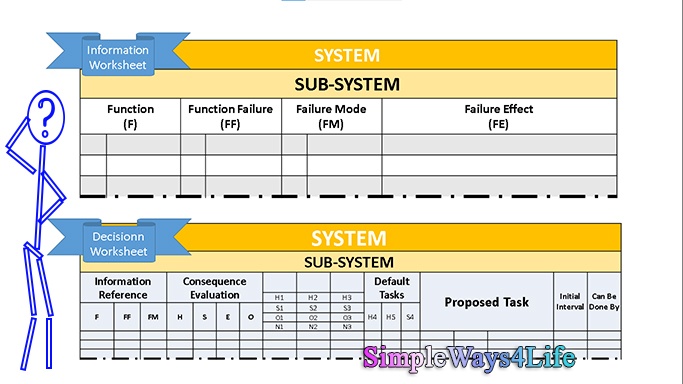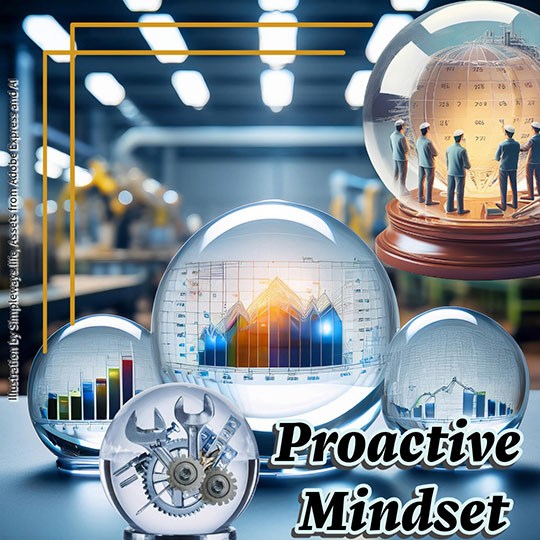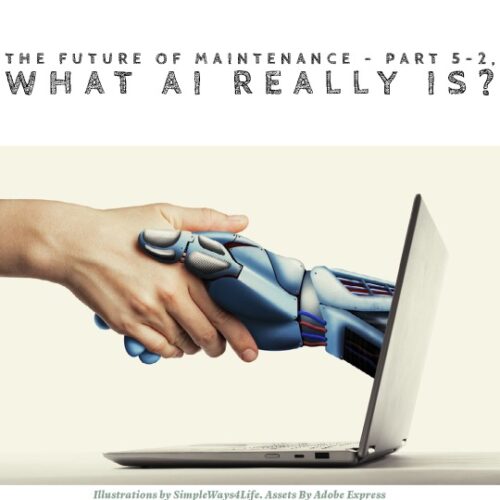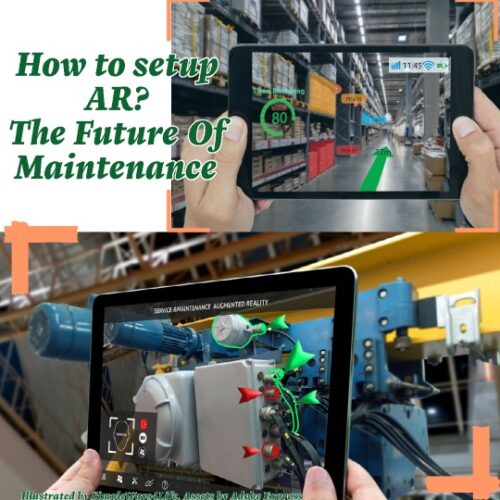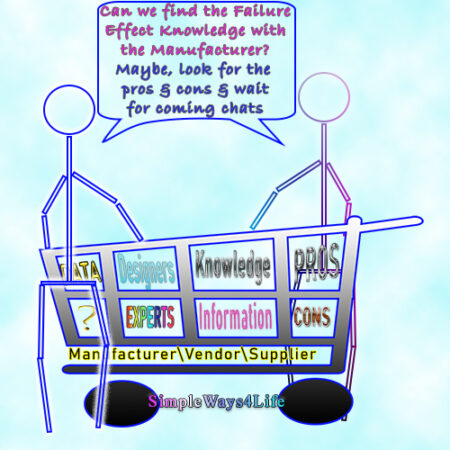In the vast landscape of our minds, various mindsets shape how we perceive and interact with the world. Among these, the maintenance mindset stands out as a crucial perspective for both personal and professional success. This article delves into the concept of the maintenance mindset, exploring its significance, characteristics, and how to cultivate it in ourselves and others. If you are interested in exploring more mindsets and cultivating what fits you, think about getting this great book with immediate purchase and download Mindset Manifesto, A Blueprint for Life, Tech and, work from our Bookstore
Understanding the Maintenance Mindset
The maintenance mindset is more than just a set of skills or procedures; it’s a unique way of viewing the world. It’s about ensuring that every element in our life or workplace performs its intended function as designed and desired by its users. This mindset extends beyond the workplace, influencing how we approach various aspects of our lives.
Key Traits of the Maintenance Mindset

CUSTOMPRICE-TO2JAN26
- Proactive Thinking: Individuals with a strong maintenance mindset exhibit proactive thinking by anticipating potential issues before they arise. This forward-looking approach allow them to plan their actions ahead of time instead of merely residing in reactive mode. Moreover, it enables them to identify warning signs and implement preventive measures, thereby reducing the likelihood of failures for equipment or any other aspect of their life.
- Attention to Detail: Attention to detail is a hallmark of those with a maintenance mindset. They can recognize any missing details in maintenance preparation. Moreover, these individuals possess the ability to notice subtle changes or anomalies that others might overlook, such as unusual sounds, vibrations, or temperature fluctuations. This heightened awareness allows them to detect early signs of potential malfunctions, enabling timely interventions.
- Systems Thinking: A maintenance mindset is characterized by systems thinking, where individuals understand how different components interact within a larger system. This holistic perspective allows them to see the bigger picture and recognize that changes in one part of the system can affect others. By understanding these interdependencies, they can make more informed decisions regarding maintenance actions and resource allocation.
- Continuous Learning: Continuous learning is essential for individuals with a maintenance mindset. They actively seek to fully understand their work landscape and to stay updated on new technologies related to maintenance and equipment management. This commitment to learning enables them to adapt to evolving challenges and integrate innovative solutions into their maintenance routines.
- Problem-Solving Orientation: Finally, a problem-solving orientation defines those with a strong maintenance mindset. When faced with challenges, they approach situations with a solution-focused mindset rather than dwelling on obstacles. This proactive attitude encourages creative thinking and collaboration among team members, fostering an environment where problems are viewed as opportunities for improvement.

CUSTOMPRICE-TO2JAN26
The Maintenance Mindset in Action
In the Workplace
In industrial settings, the maintenance mindset is crucial for ensuring operational efficiency and safety. For instance, at Toyota, the concept of “Total Productive Maintenance” (TPM) embodies this mindset. TPM involves all employees in maintaining equipment, not just designated maintenance staff [1]. We shall detail about TPM after a couple of paragraphs.
In Personal Life
The maintenance mindset extends to personal life too. Consider how we maintain our health through awareness of the details of our life and being proactive to seek natural healings and exercising before it turns into a medical situation i.e. a failure. Also, this doesn’t stop at how we service our vehicles to ensure longevity and performance but it appears to every appliance or gadget we use in our daily life.
The Role of Maintenance Mindsets in TPM
Toyota’s Total Productive Maintenance (TPM) system is significantly influenced by the maintenance mindsets of its workforce. This system emphasizes a proactive and preventive approach to maintenance, which is essential for optimizing equipment efficiency and minimizing downtime.
- Cultural Shift: Toyota’s TPM fosters a culture where all employees, from operators to managers, share responsibility for equipment maintenance. This cultural shift encourages a mindset that prioritizes proactive maintenance over reactive approaches, such as “fix it when it breaks”.
- Autonomous Maintenance: One of the foundational pillars of TPM is autonomous maintenance, which empowers operators to take ownership of their equipment. This involves routine inspections and minor repairs, leading to increased knowledge and responsibility among workers. Such empowerment transforms the traditional view of maintenance i.e. building a new maintenance mindset, integrating it into daily operations and encouraging a sense of urgency when issues arise.
- Training and Education: Effective implementation of TPM relies heavily on training and education. Workers are trained not only in operational tasks but also in maintenance practices, which enhances their ability to identify potential problems before they escalate. This educational aspect is crucial for instilling a proactive mindset among employees.
- Continuous Improvement: The TPM philosophy encourages a mindset geared toward continuous improvement. Employees are motivated to seek out inefficiencies and suggest improvements, fostering an environment where innovation is valued and operational excellence is pursued 23.
- Data-Driven Decisions: Toyota’s approach includes collecting data on equipment performance to inform maintenance strategies. This analytical mindset helps in understanding trends and patterns, allowing for more informed decisions regarding preventive maintenance schedules.

CUSTOMPRICE-TO2JAN26
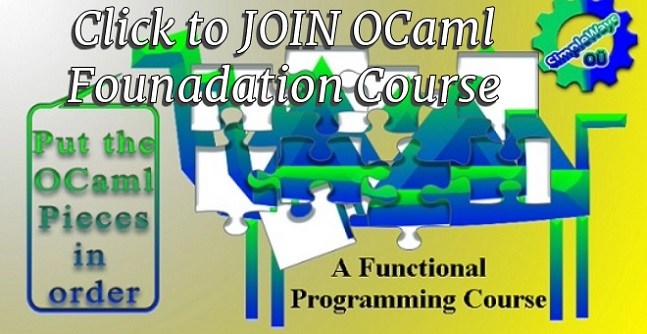
CUSTOMPRICE-TO2JAN26
In summary, Toyota’s TPM system is deeply intertwined with the maintenance mindsets of its employees. By promoting a culture of shared responsibility, continuous learning, and proactive engagement with equipment maintenance, Toyota has created a robust framework that enhances productivity and operational efficiency.
Actionable steps to cultivate the Maintenance Mindset
For Individuals
- Develop Observational Skills: Train yourself to notice small details and changes in your environment.
- Practice Preventive Thinking: Regularly ask, “What could go wrong, and how can I prevent it?”
- Embrace Continuous Learning: Stay curious about how things work and how to maintain them better.
For Organizations
- Promote a Culture of Maintenance: Emphasize the importance of maintenance at all levels of the organization.
- Provide Training and Resources: Invest in developing maintenance skills and knowledge among employees.
- Recognize and Reward: Acknowledge and appreciate employees who demonstrate a strong maintenance mindset.
Spotting & Building a Maintenance Mindset
Identifying and nurturing the maintenance mindset in junior team members is crucial for building a strong maintenance culture.
For spotting the natural Maintenance Mindset, here are some signs to look for:
- Curiosity About Systems: They ask questions about how things work and why certain procedures are in place.
- Proactive Reporting: They bring potential issues to attention before they become problems.
- Interest in Root Cause Analysis: They’re not satisfied with quick fixes but seek to understand underlying causes.
- Commitment to Documentation: They recognize the value of keeping accurate records and following procedures.
- Continuous Improvement Mindset: They suggest ways to enhance maintenance processes and efficiency.
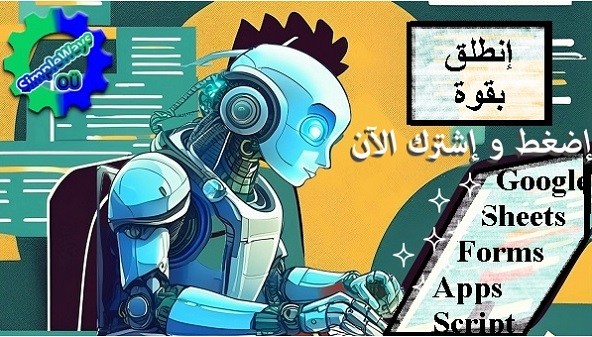
CUSTOMPRICE-TO2JAN26
For building it we can use:
- Mentorship Programs: Pair junior members with experienced maintenance professionals.
- Hands-On Training: Provide opportunities for practical, real-world maintenance experiences.
- Encourage Questions: Foster an environment where asking questions is encouraged and valued.
- Rotate Responsibilities: Allow junior members to experience different aspects of maintenance work.
- Feedback and Reflection: Regularly discuss maintenance decisions and outcomes to build critical thinking skills.
What does the future brings?
As technology evolves, so does the maintenance mindset. The integration of AI and IoT in maintenance practices is reshaping how we approach equipment care. For example, predictive maintenance technologies at companies like Siemens are allowing for more precise and timely interventions [2].
However, the core principles of the maintenance mindset remain unchanged. It’s about being proactive, attentive, and committed to ensuring the optimal function of systems and equipment.
Conclusion: Maintenance Mindset is a Life Skill
The maintenance mindset is not just a professional asset; it’s a life skill that enhances our ability to care for our environment, our possessions, and ourselves. By cultivating this mindset, we not only improve our work performance but also enrich our personal lives.
As we navigate an increasingly complex world, the maintenance mindset serves as a guiding principle, helping us preserve, protect, and optimize the systems and resources we rely on. Whether in industry or in our daily lives, embracing the maintenance mindset is a step towards a more efficient, sustainable, and well-functioning world.
If you feel you need help with any of these ideas we discussed, request a Management Consultancy or Coaching Services From our Store
References
[1] Nakajima, S. (1988). Introduction to TPM: Total Productive Maintenance. Productivity Press.
[2] Siemens AG. (2021). Predictive Maintenance: The future of smart manufacturing. Retrieved from https://new.siemens.com/global/en/company/stories/industry/the-future-of-manufacturing-predictive-maintenance.html

